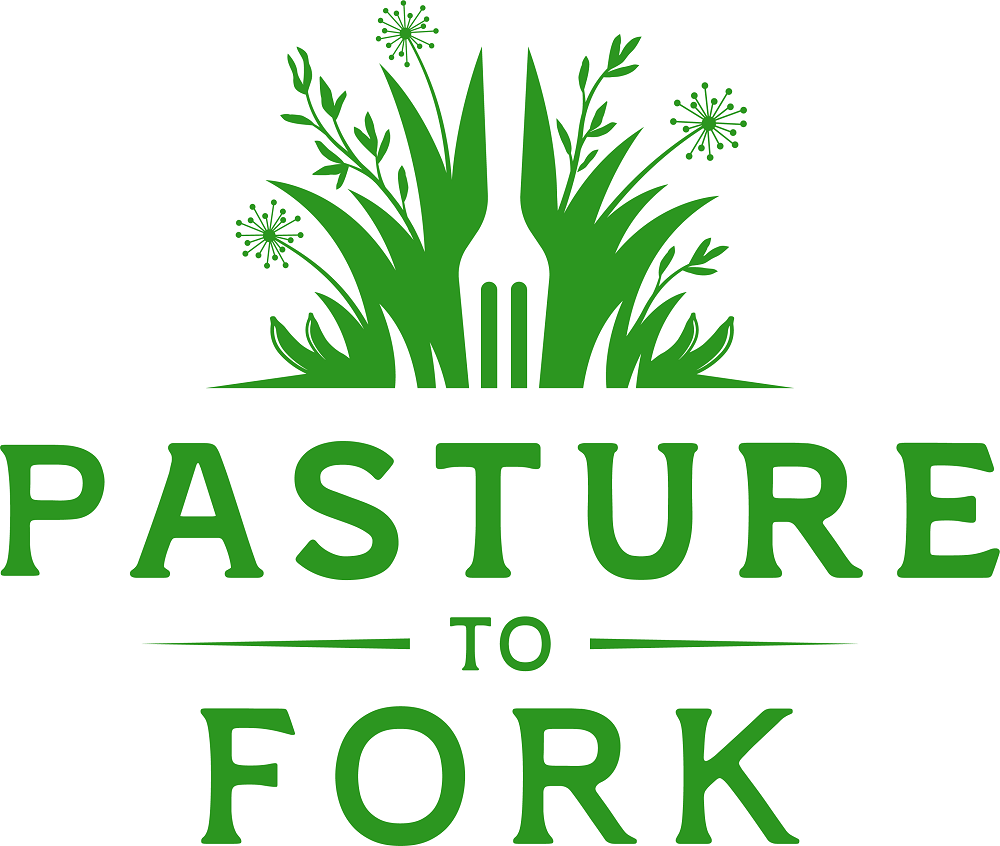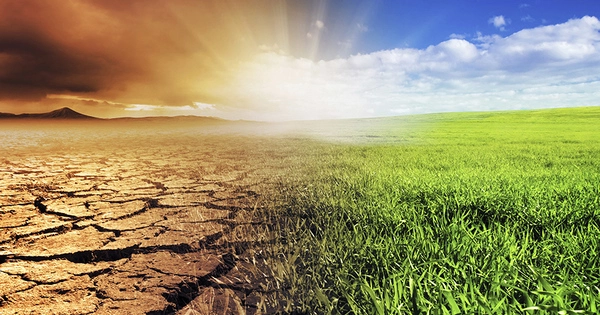Freedom and Risk
posted on
July 4, 2023
In recent years, freedom has become a divisive term in this country. Increasingly, it’s your freedom against my freedom. Sort of like your truth and my truth. Have we forgotten that both truth and freedom are more than just words to be tossed about in whatever sense we wish them to be? I’m concerned that we’ve come to a warped sense of what freedom is and where it comes from.
Perhaps the best-known line from the Declaration of Independence is where it says, “We hold these truths to be self-evident, that all men are created equal, that they are endowed by their Creator with certain unalienable Rights, that among these are Life, Liberty and the pursuit of Happiness.” The drafters of this document perhaps had a better understanding of where true liberty ultimately comes from than most Americans today. More on that later.
In taking “the path less traveled” in the past decade—which is unconventional—lunatic:)—farming, I’ve come to appreciate the freedoms we enjoy in this country to a greater extent. I’ve also come to embrace more of a libertarian mindset due to the overreach I see the powers-that-be taking in our lives. More than that, I’ve come to a greater appreciation of the inherent tradeoff that comes with freedom, which is risk. And that “safety” can very quickly become an inhibitor of freedom, which is to say eliminating risk also diminishes freedom. Allow me to clarify using several examples.
- That a young person like me—having zero farming experience—could ignite a dream by reading several books, apply those ideas to a piece of land, and within a decade have a business that supports a family, that’s freedom. That, my friends, is an American phenomenon, and a privilege we too often take for granted. The freedom to take an entrepreneurial idea, apply blood, sweat, and tears, and see it succeed doesn’t even enter the imagination of many people around the world. It’s the American dream. However, it carries heavy risk. Like all innovative start-ups, the venture could fail. Even now, although we don’t worry about it, we could lose everything we invested, and then some, depending on factors in the greater world. It’s the risk entrepreneurs take, but also the freedom we savor.
- Our farm, as many of you know, grows food for the informed consumer. The ability to market the abundance of the earth to people like you who desire direct-from-a farm-I-know food is freedom. But the flip side is that it carries inherent risk and requires a deep trust factor. As eaters, you have the risk of us serving a product that’s no good, or not what we represent it to be. This risk is enhanced by the fact that we have no government oversight in the products we offer. As direct-to-eater producers, we stand the risk of litigious action or public slander against us when someone buys something they didn’t like or wasn’t what they expected. This is why we place such emphasis on relationships with our customer base. But overall, it’s the risk of private commerce and free markets.
- Speaking of private commerce, when we faced governmental overreach on the County, State, and local level two years ago, our position was risky–even with excellent counsel. The powers-that-be could have strong-armed us into submission, although it would have been a gross usurpation of power and vastly unconstitutional, it was the risk we faced. What’s more, these agencies could return in the future to harass us again. We value the freedoms of private commerce and will do all we can to maintain them, but in order to do so we face risk.
- As you know, we’re a farm raising food animals using as-natural-as-possible models of production. The animals in our care experience freedoms that most food animals in this country do not. They enjoy a natural habitat outdoors. But one of the foremost challenges they face in doing so is the variables of weather and the whims of predators. We do all we can to mitigate these challenges and keep them comfortable and protected, but that’s not always enough. Foxes, eagles, and weasels love free chicken. Heavy rain, heat, or bitter cold does come, and sometimes the animals suffer through it, as do animals in the wild. Raising them indoors in artificial conditions could be seen as an option, but that’s not freedom, and is not what you and I are looking for in regenerative nourishment.
- Two hundred forty-seven years ago, when the assembled Continental Congress declared independence from the heavy hand of British rule, they took a huge risk, even facing the possibility of being beheaded by the British Crown. It’s hard for us to recognize how much of a risk of life or death it was for the early patriots and for those who were willing to join forces with them. Ultimately, it turned out to be a cause many gave their lives for. But that risk resulted in freedom for innumerable people from all over the world for multiple generations.
- Beyond the Revolution, developing a new nation on the statutes America is built on was quite risky and unproven. There was no guarantee of success. To be sure, in an effort to minimize risk the founders took a deep look at various forms of government, taking what they thought was the best characteristics of each of them and wove them together to form what is still the freest country in the world. This was a tremendous risk, but out of it was born a republic of free people that became a beacon to the world, not to mention an arbiter of innovation that has made the lives of men unimaginably easy.
- When God created man with free will, thus granting him abilities and freedoms not granted any other creature, he faced the risk of losing his most prized creation to the Devil. Yet he chose to take the risk in order to have a creature who serves him by choice, not by instinct. The only thing better suited to portray God’s love and affection for mankind is His backup plan to redeem man from the clutches of Satan, who He knew would lure man away from Him. Interestingly enough, the founders of this nation evidently observed man’s God-given freedom when drafting the Declaration of Independence; “endowed by their Creator with certain unalienable Rights.”
While I believe we do well to adamantly further freedom and truth in this country, I believe we need to take into consideration that in and of ourselves we cannot be free or true. When I say furthering freedom, I’m not encouraging a chip-on-the-shoulder-do-as-I-wish-arrogant-sovereignty, rather a humble we-are-free-only-under-God-and-defend-God’s-statutes attitude that takes a relentless stand against the powers of darkness regardless of sacrifice. Not a one of us is free and sovereign by ourselves but are accountable to and with the people around us, whether it be family, community, or nation. No man is an island.
I believe we are only free because of number seven in the list above, which is to say only because we are created by the Creator of freedom for mankind. On this foundation, and on it alone, can we advocate for freedom in this land and beyond. The freedoms we have enjoyed are under steady duress by forces much larger and darker than man could devise, and it is only via the Giver of Freedom that we’re able to go against these forces. Let’s join hands, stand firm, look to the Author of Liberty for strength, and pray for courage to face whatever the future may hold.
And that’s The View from the Country.
Quotes worth Re-Quoting –
“Freedom is not the right to do as we please, but the liberty to do as we ought.” ~ unknown
“The person who risks nothing, does nothing, has nothing, is nothing, and becomes nothing. He may avoid suffering and sorrow, but he simply cannot learn, feel, change, grow or love. Chained by his certitude, he is a slave; he has forfeited his freedom. Only the person who risks is truly free.”― Leo Buscaglia
“Freedom is not defined by safety. Freedom is defined by the ability of citizens to live without government interference. Government cannot create a world without risks, nor would we really wish to live in such a fictional place. Only a totalitarian society would even claim absolute safety as a worthy ideal, because it would require total state control over its citizens’ lives. Liberty has meaning only if we still believe in it when terrible things happen and a false government security blanket beckons.”― Ron Paul



